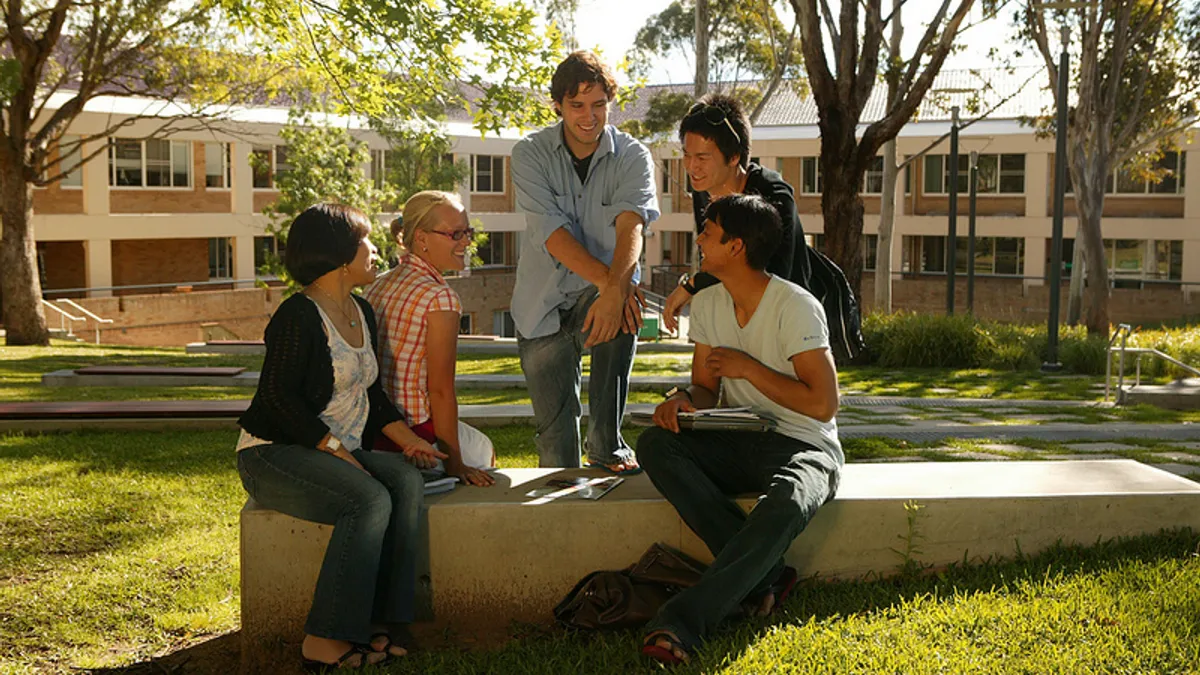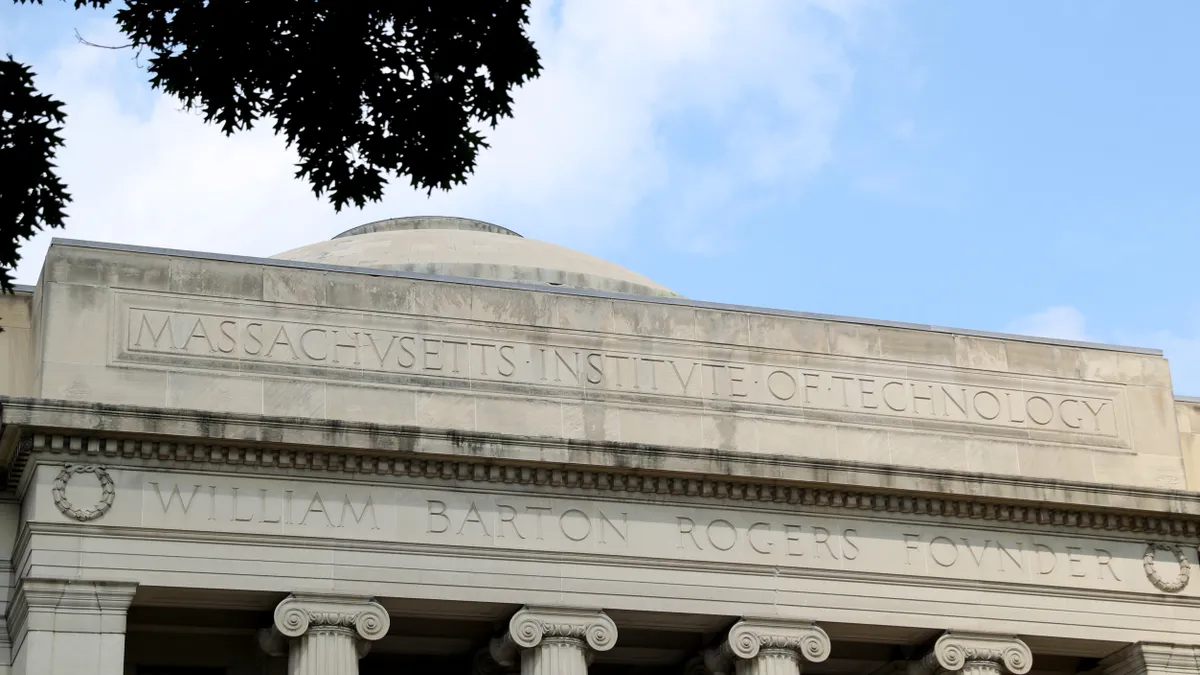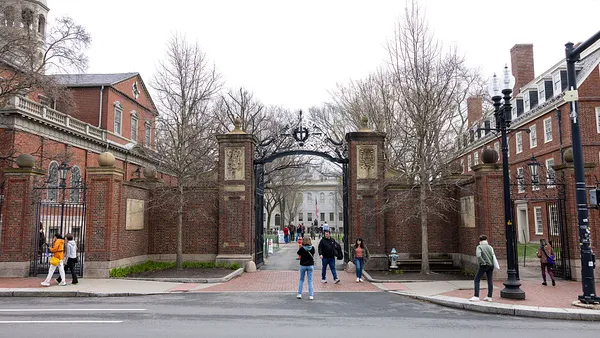Student financial wellness stretches beyond loan debt. And while many colleges have only just begun paying attention to holistic financial support in recent years, the field is growing. Last year, the National Summit on Collegiate Financial Wellness brought together people from about 120 institutions, and this year’s June event is expected to draw significantly more.
Bryan Ashton, a co-founder of the NSCFW and assistant director of the Student Wellness Center at The Ohio State University, says colleges are increasingly moving beyond conversations about financial aid and the dollars that accompany it, looking more expansively at holistic supports for students.
Ashton manages all of Ohio State’s financial education, financial literacy, and student loan debt management programs, which are housed in the Student Wellness Center. The university offers one-on-one coaching services, group presentations and workshops, and a range of optional and mandatory interventions.
“It’s not just providing financial literacy in education, but how do you create multiple layers of interventions that help to shift the attitudes and behaviors of students as well,” Ashton said.
The just-released fourth-year results of the Money Matters on Campus report digs into the differences between two-year and four-year college students. Produced by Higher One and EverFi, the 2016 report is based on data from nearly 85,000 students from four-year institutions and 4,300 from two-year colleges.
Over the last four years of their study, researchers found a decline in responsible financial behaviors among students. While students at two-year schools have more responsible financial attitudes about money, they also tend to have more credit card debt than their peers, and they engage in riskier credit card behavior.
In offering advice to educators about the findings, report authors suggest two-year colleges develop workshops and training around credit card management. Students at four-year colleges, the report says, would be better served by programming “focused on basic attitudinal components” and help distinguishing between actual financial need and the loans available to them.
“Decision-makers at all levels and all types of organizations should have a stronger grasp of the depth and breadth of actions required to effect the desired changes in student financial behaviors,” the report said.
That’s one issue Greg Ryan, director of financial aid at Fullerton College, has struggled with. Fullerton has a financial literacy committee made up of people from across campus, but it remains a challenge to reach students outside of financial aid. Some of the students that need financial wellness services, however, may not get financial aid. Or they may apply for financial aid, accept their packages, and then never visit the office again.
Fullerton, a two-year college in California, is offering students a growing number of online options for financial literacy training, keeping in-person options for those who prefer more traditional workshops and supports. But Ryan calls it an uphill battle to engage students for support they might desperately need.
“To be successful, it has to be an all-campus initiative,” Ryan said.
The National Summit on Collegiate Financial Wellness brings leaders from across the country together to share strategies and solutions. With the gainful employment rule now in place, schools with vocational programs have even more motivation to make sure students are smart about how much debt they take out.
Fullerton offers its students loans, but before students accept them they are pushed to think about whether they really need the extra money or if they can put off the loan for an extra semester or longer. Even though four-year institutions are not subject to gainful employment regulation, the Money Matters report indicates that type of loan counseling is needed among their students, too.
Default prevention initiatives can also be helpful. At Fullerton, institutional researchers developed a profile of students most likely to default so they could be targeted for early intervention. At Ohio State, Ashton said his department is continually evolving, looking for new ways to have a positive impact on the lives of students.
“Every year we seem to be having new interventions,” Ashton said. “I don’t really envision that changing.”
Would you like to see more education news like this in your inbox on a daily basis? Subscribe to our Education Dive email newsletter! You may also want to read Education Dive's look at career and technical education's key role in the revised higher ed outlook.






















